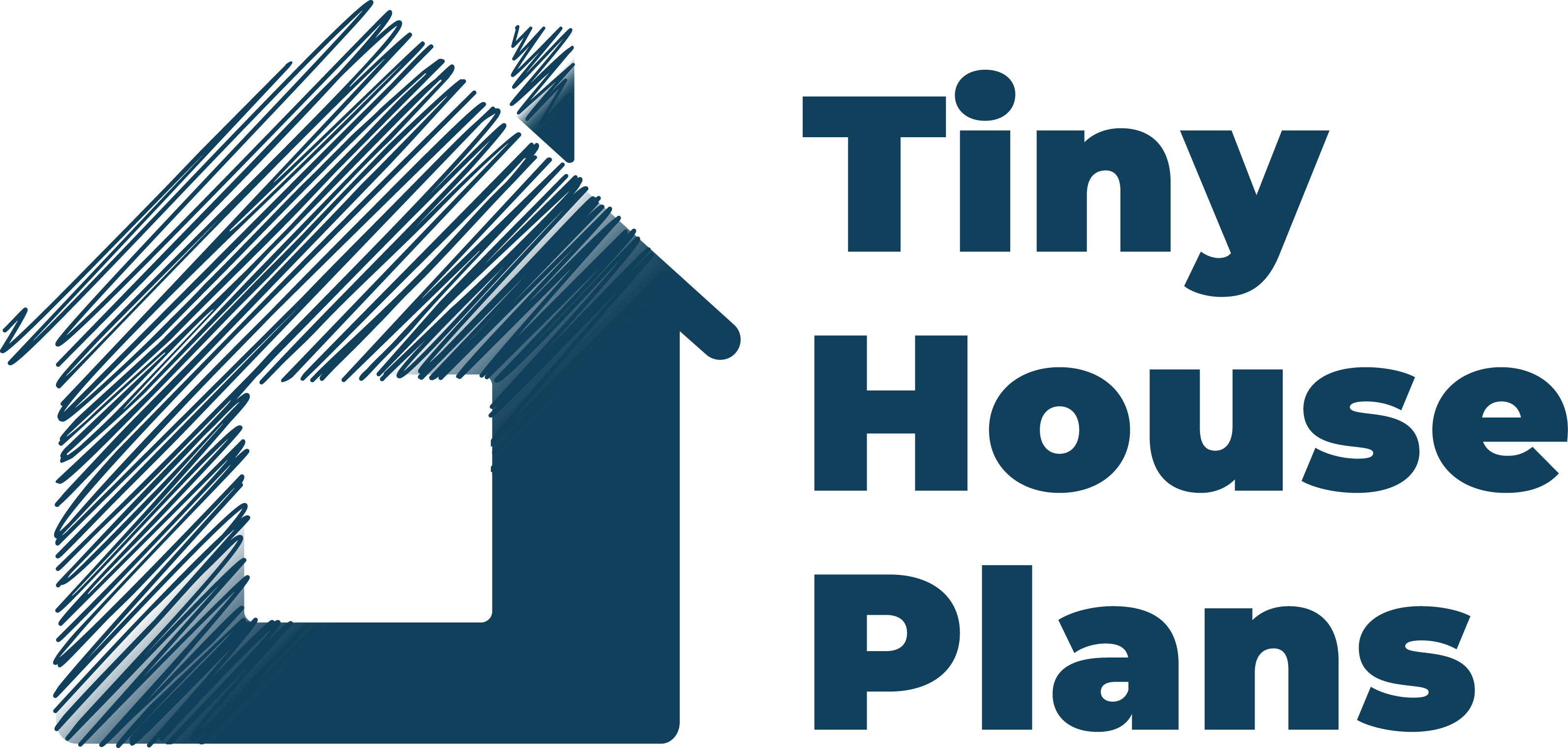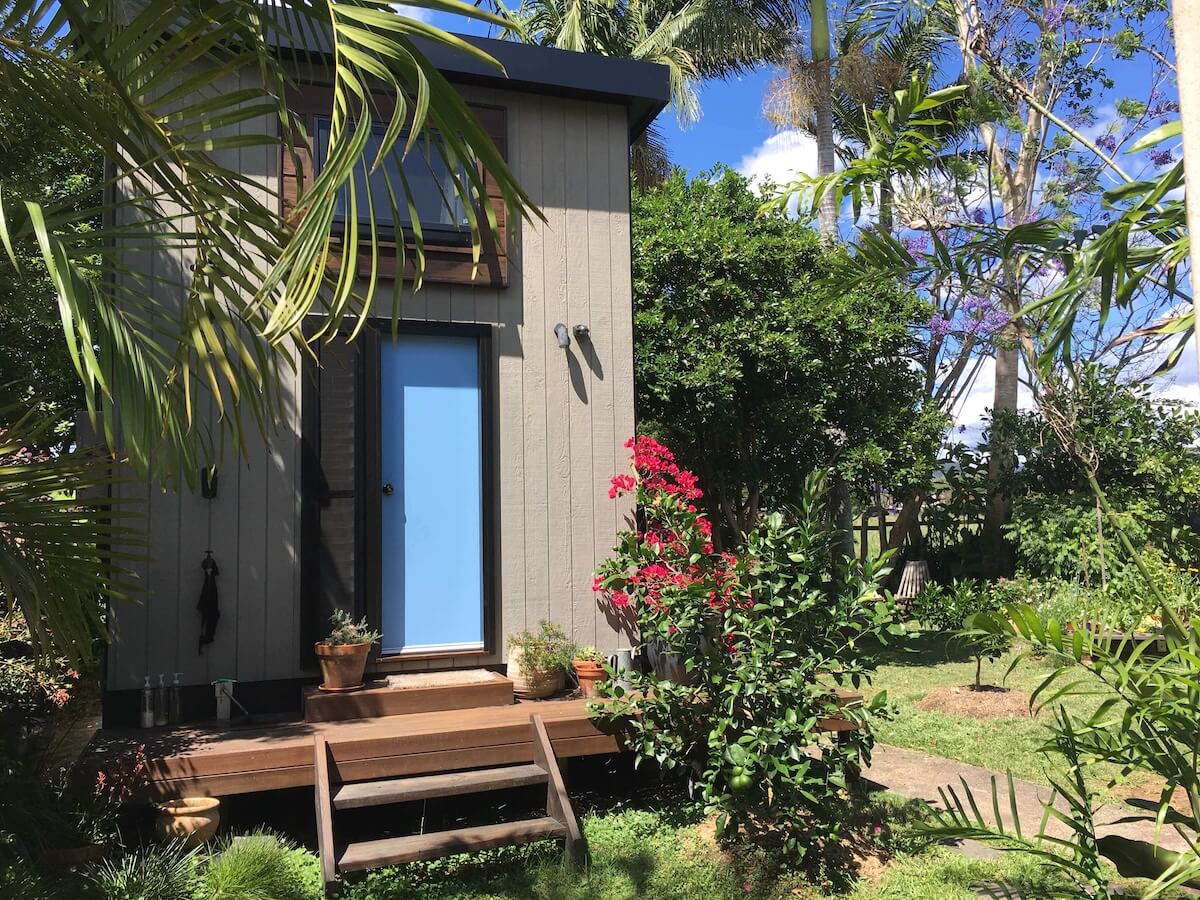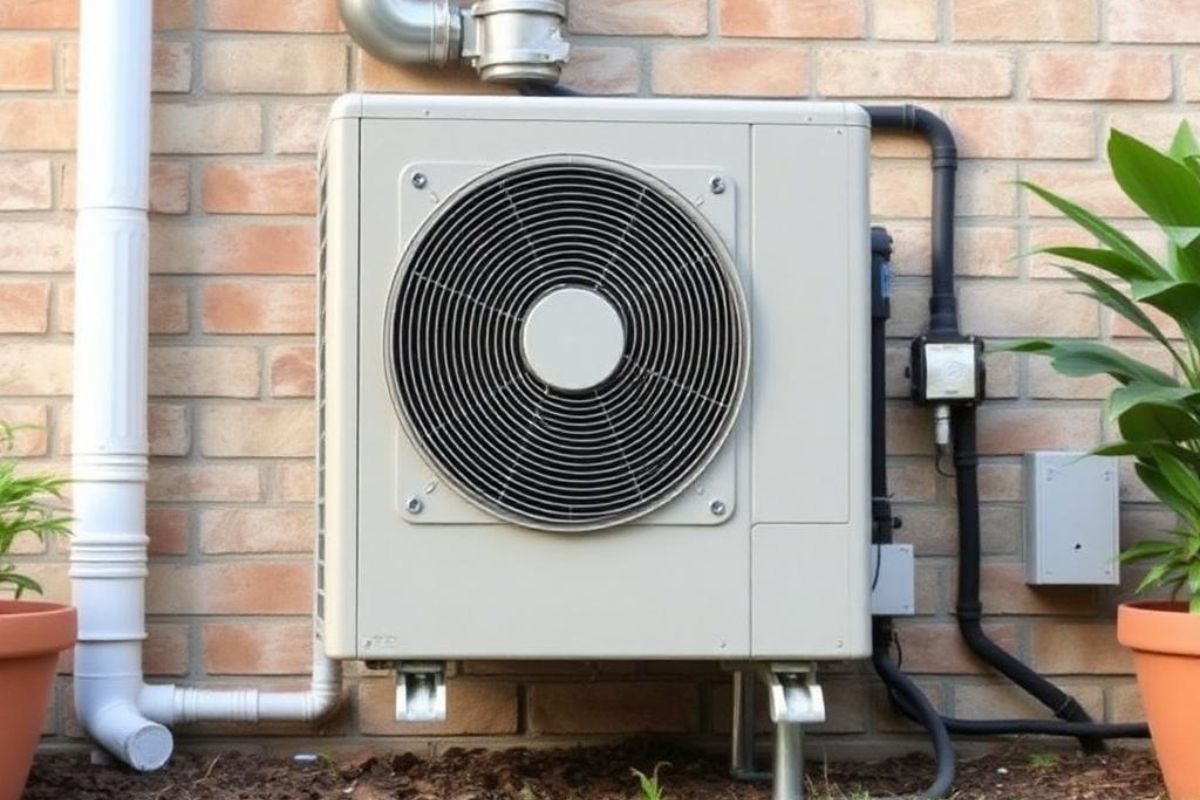The tiny house movement isn’t new.
But it didn’t hit mainstream popularity until people started showing off their small spaces online.
Influencers helped take a niche idea and turn it into something millions dream about.
Whether it’s a 300-square-foot home on wheels or a backyard studio, tiny homes look even better through the lens of someone living in one.
The combination of smart design, minimalism, and freedom just clicks on social media.
And once it started trending, it never really slowed down.
The Rise of the Tiny House Movement Online
Tiny homes used to be seen as a fringe thing.
People associated them with survivalists or off-grid types. That changed fast when content creators began posting video tours, DIY builds, and morning routines inside their compact homes. What was once just a personal choice turned into a movement—and a very public one.
A lot of this momentum came from YouTube and Instagram. Creators like Bryce Langston from Living Big in a Tiny House made it easy to binge-watch tours from all over the world. People weren’t just curious about the layouts—they were hooked on the lifestyle. No mortgage, less clutter, and more freedom to travel or live simply.
Pinterest played a big role too. It became a hub for ideas. From clever storage hacks to off-grid setups, people could save and share tiny home inspiration in seconds. This helped tiny house builders and plan sellers reach a whole new crowd—many of whom wouldn’t have found them otherwise.
What really pushed things forward was how well these small spaces worked on camera. Tight angles, custom furniture, and bright interiors all popped on screen. That visual punch helped creators grow fast. In turn, it made tiny homes more popular—and more desirable.
Why Influencers Became the Face of Tiny Living
Influencers didn’t just post pretty pictures. They brought people inside their lives.
Viewers saw how they cooked, worked, and slept in spaces smaller than most studio apartments. That level of honesty made the lifestyle feel real. And when it felt real, it also felt possible.
Many of these influencers started with no background in construction or real estate. They just shared what they were building or buying. That made their stories relatable. Some had kids. Others were digital nomads. Some were just tired of paying rent in the city. They didn’t come off like salespeople—they came off like friends giving a house tour.
The content was raw, but it worked. One viral video could lead to tens of thousands of new followers. Brands took notice, and so did fans who wanted to do the same. Soon, tiny house influencers became go-to sources for advice, inspiration, and entertainment.
People trusted them. They’d ask questions in the comments, share their own downsizing plans, or even buy the same layout. That kind of influence matters. It shapes what people want in a home, how they design it, and what they’re willing to spend.
How Social Media Drives Tiny Home Design Trends
Trends in the tiny house space don’t come from showrooms. They come from what’s getting the most attention online. A cool pull-out table or hidden staircase that racks up views will be copied in dozens of other homes. Influencers are leading the way in what becomes “standard” for this type of living.
That’s how things like elevated loft beds, wood-panel ceilings, and fold-down porches became so popular. People saw them online, liked the vibe, and wanted the same thing. It’s crowd-driven design in real time.
Even colors and finishes are impacted. White interiors with warm wood accents are everywhere now. So are matte black fixtures, modern cabin looks, and clever outdoor storage ideas. Builders and designers keep an eye on what’s trending—not by reading reports, but by checking Instagram and TikTok.
This is where Social Boosting comes in handy. A few smart ads or promotions can help new tiny house plans or products reach the right audiences fast. If the content hits the right notes, it spreads organically from there. It’s a smart way to speed up word-of-mouth without relying on big budgets.
When a design trend goes viral, it can shift what people look for overnight. Builders who stay in tune with creators and platforms have the edge. They know what buyers want before they even ask.

Influencer Marketing in the Tiny Home Industry
The connection between influencers and tiny home businesses runs deep now. It’s not just about tagging a brand or showing off a product anymore. Some creators are working directly with companies to co-design plans, offer affiliate links, or even launch their own product lines.
These partnerships can be huge for visibility. A sponsored YouTube tour or Instagram reel can lead to hundreds of plan downloads in just a few days. That kind of exposure is hard to match with traditional marketing. And it feels more natural when it comes from someone people already follow.
Even smaller influencers are making an impact. Micro-creators with 10,000 or 20,000 followers often get better engagement than bigger names. Their followers feel closer to them, and that trust leads to better results.
Some influencers have even started building their own brands. They create digital guides, sell merch, or offer consultations. Others run Airbnb-style rentals in their tiny homes to show guests what it’s like in person. These spinoffs help build a full business around their content—and give their fans more ways to engage.
Micro Living Meets Macro Engagement: The Platform Breakdown
Different platforms play different roles in how the tiny house movement spreads. Instagram is where people go to dream. Reels and carousels show off beautiful angles, creative layouts, and quick hacks. It’s fast and visual—perfect for tiny homes.
YouTube is more personal. It gives space for longer tours, detailed builds, and behind-the-scenes stories. People stick around longer, which helps build deeper connections. It’s also a strong place to grow an audience that actually buys things.
TikTok brings the speed. Short clips with clever editing or catchy music can go viral in hours. A well-shot tour or transformation video can easily hit millions of views. Hashtags like #TinyHome or #SmallSpaceLiving help people find that content fast.
Pinterest acts like a search engine. People look for specific plans, layouts, or ideas and often end up on builder websites. That makes it a powerful traffic source—especially for sellers of floor plans or tiny house kits.
All four platforms together build the wave. Each one serves a different part of the audience journey—from discovery to decision.
The Future of Tiny House Influencing
Tiny home influencers aren’t slowing down. Some are moving into newer spaces like modular homes or hybrid container builds.
Others are going deeper into sustainability, showing off compost toilets, solar power setups, and water collection systems.
There’s also more variety now. Couples with kids, solo travelers, digital nomads, and even retirees are showing how this lifestyle works for them. That diversity helps more people see themselves making the switch.
New tech like VR tours and 3D renders could also make tiny house content even more immersive. That’s good news for creators and even better news for builders trying to stand out.
What started as a trend has grown into a global movement. Influencers didn’t just help that happen—they built the road it traveled on. And with every post, video, and story, they keep the momentum going.






Share: